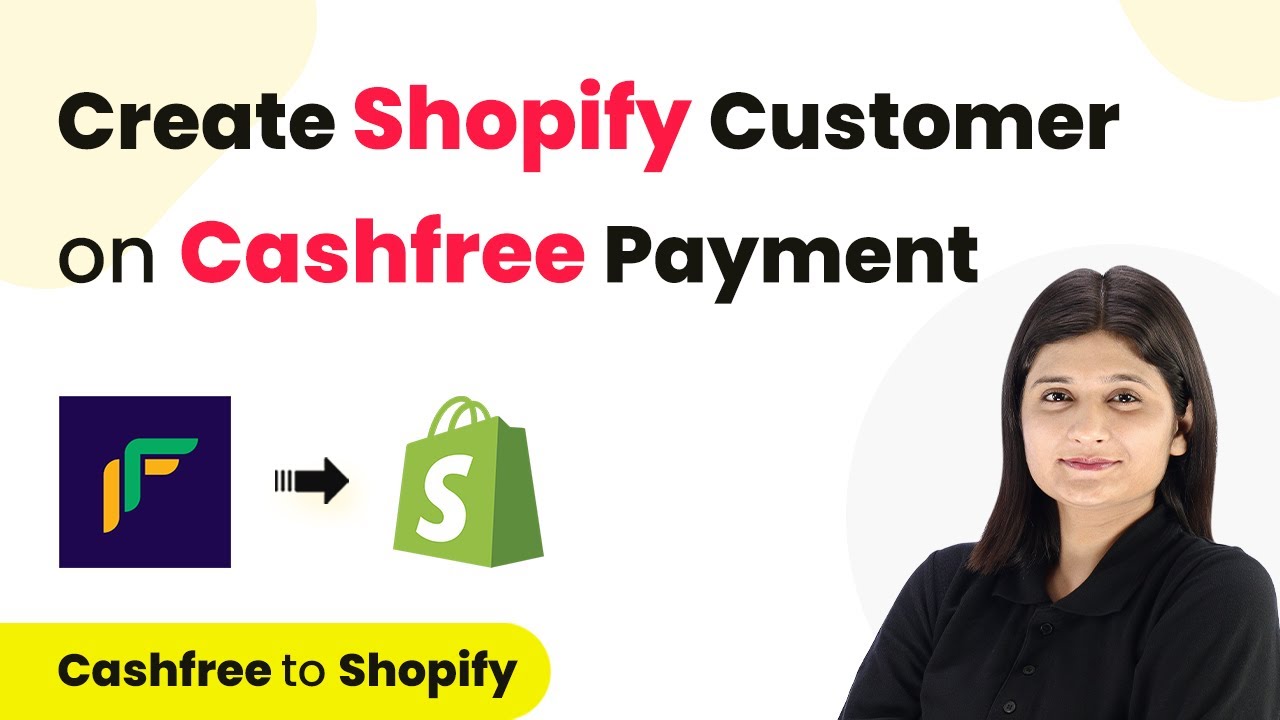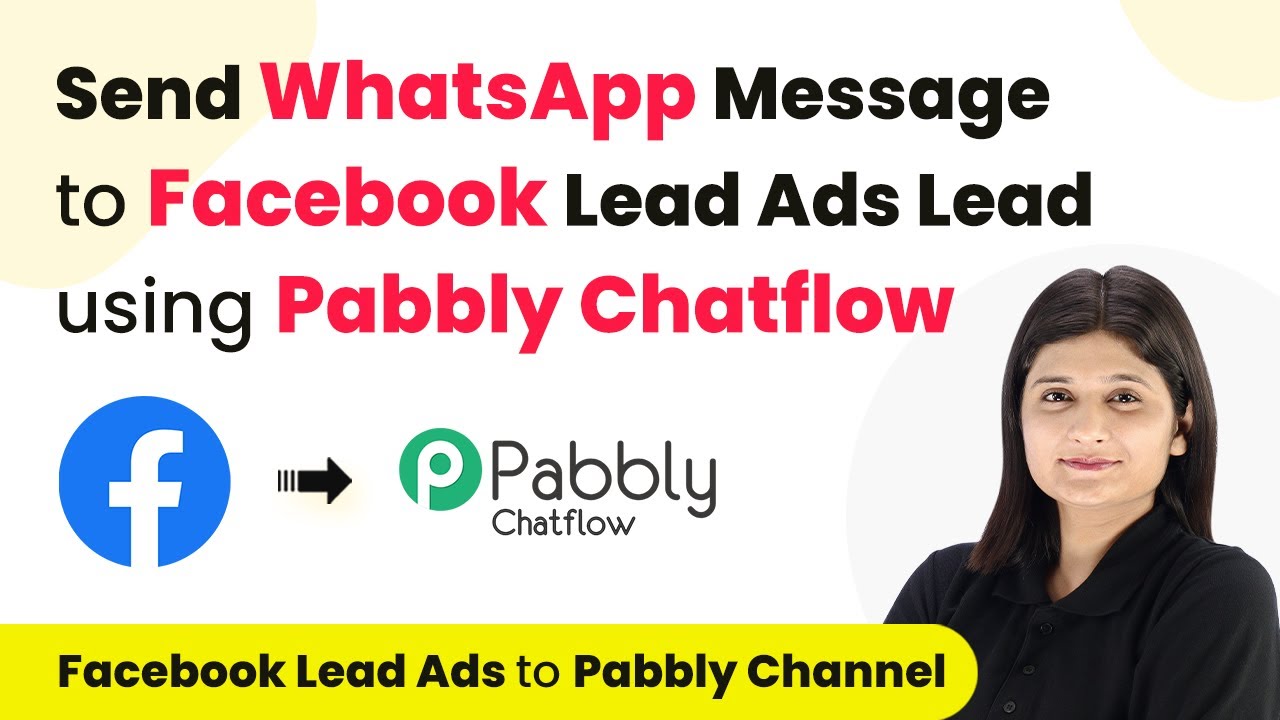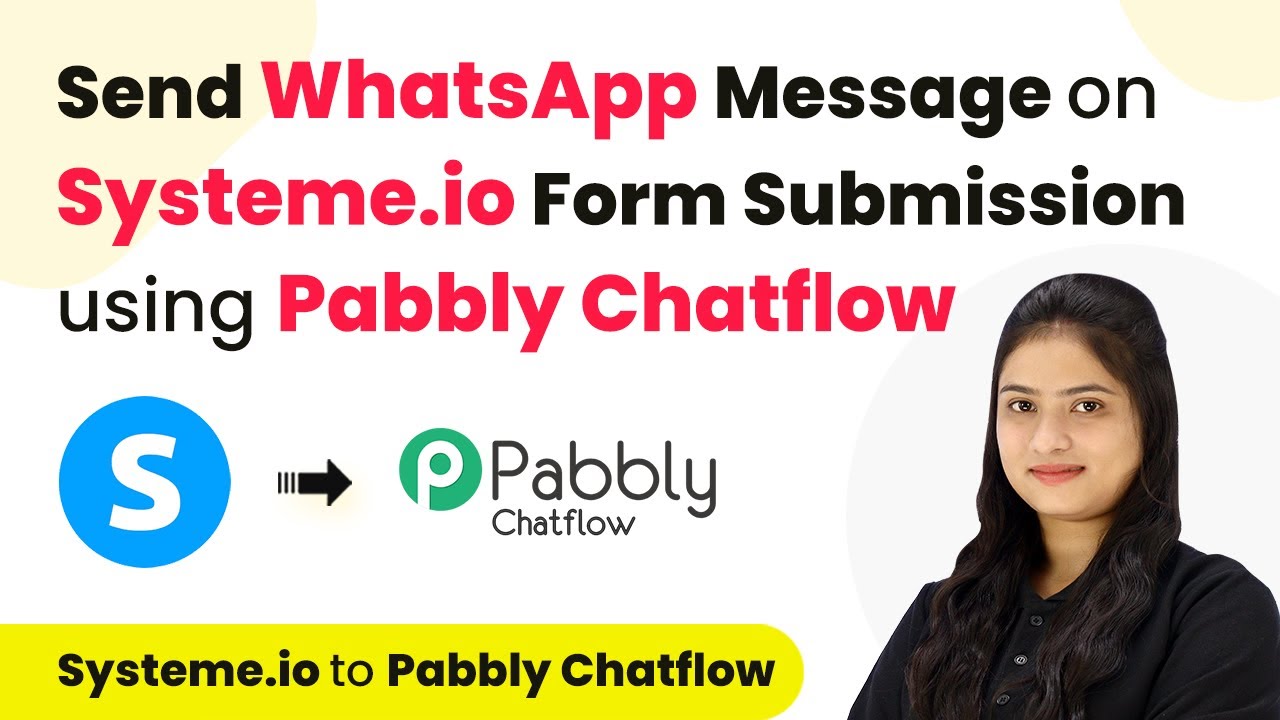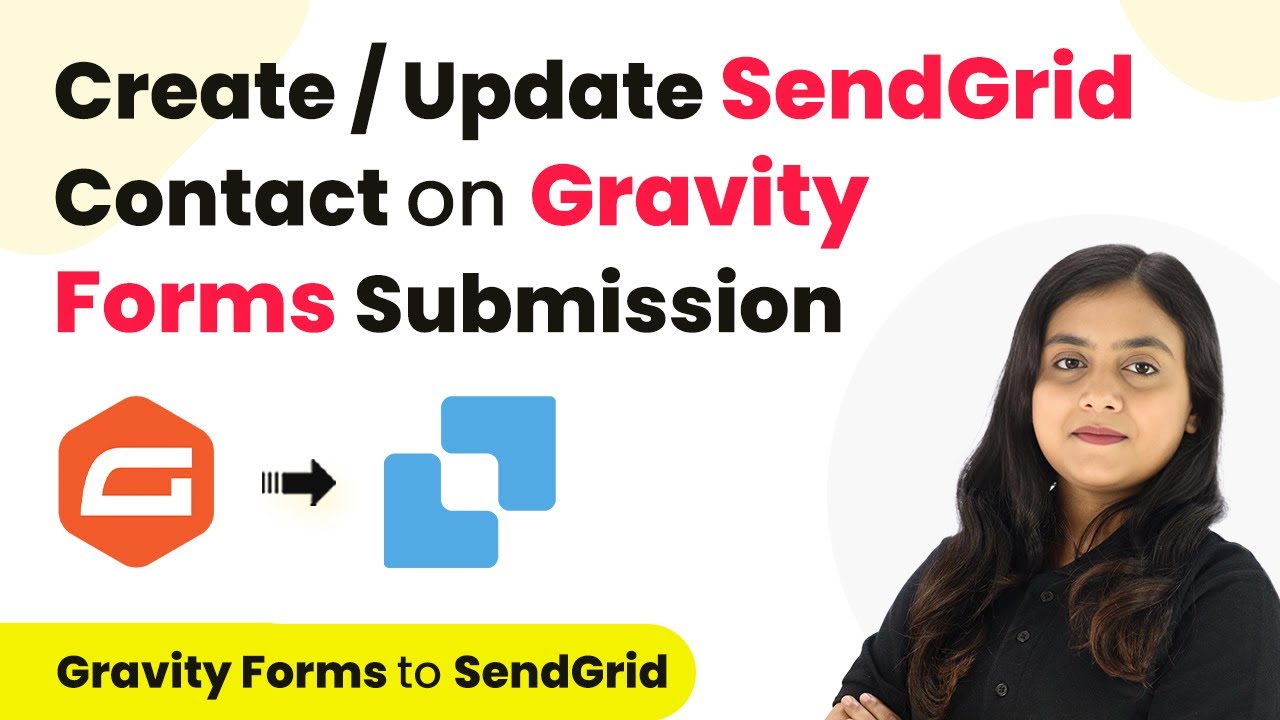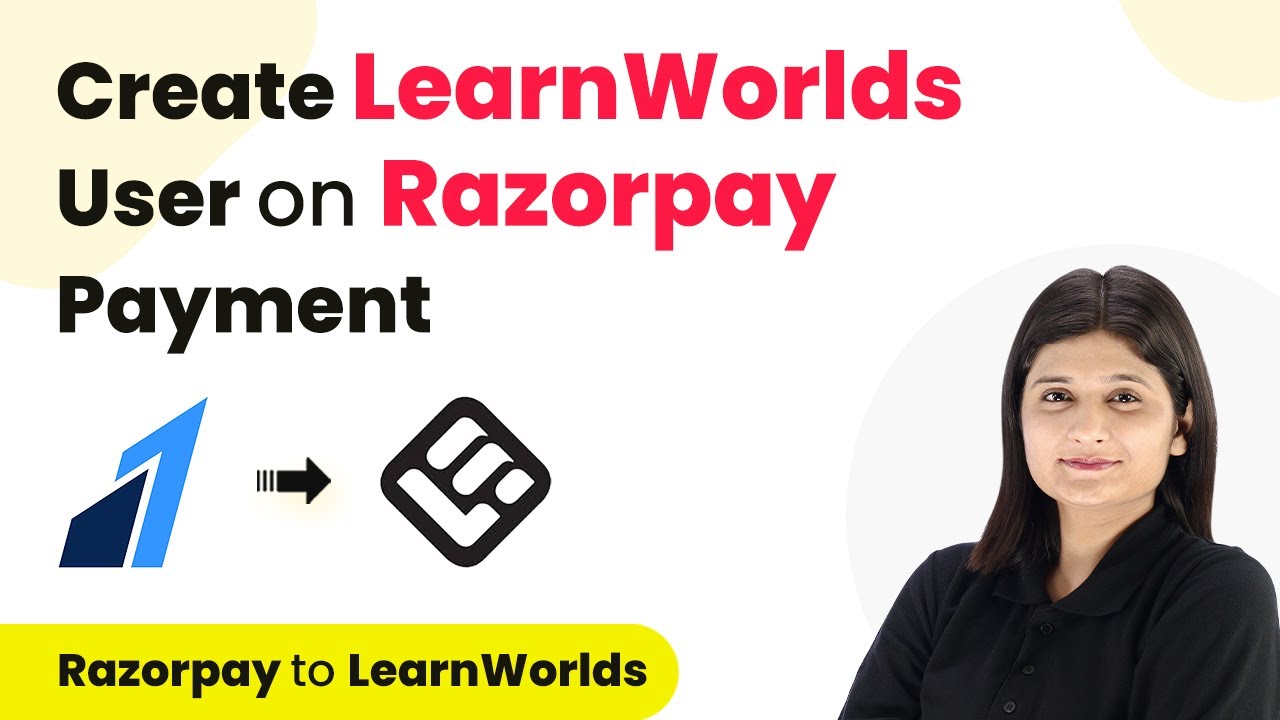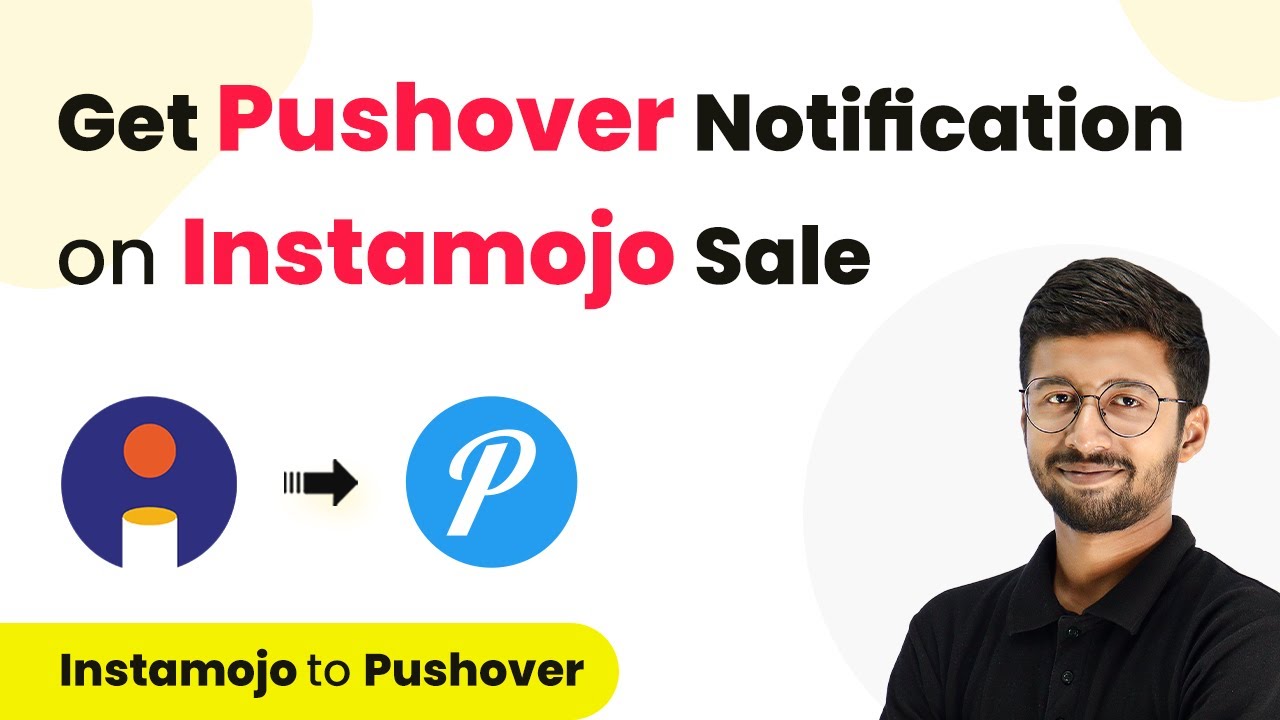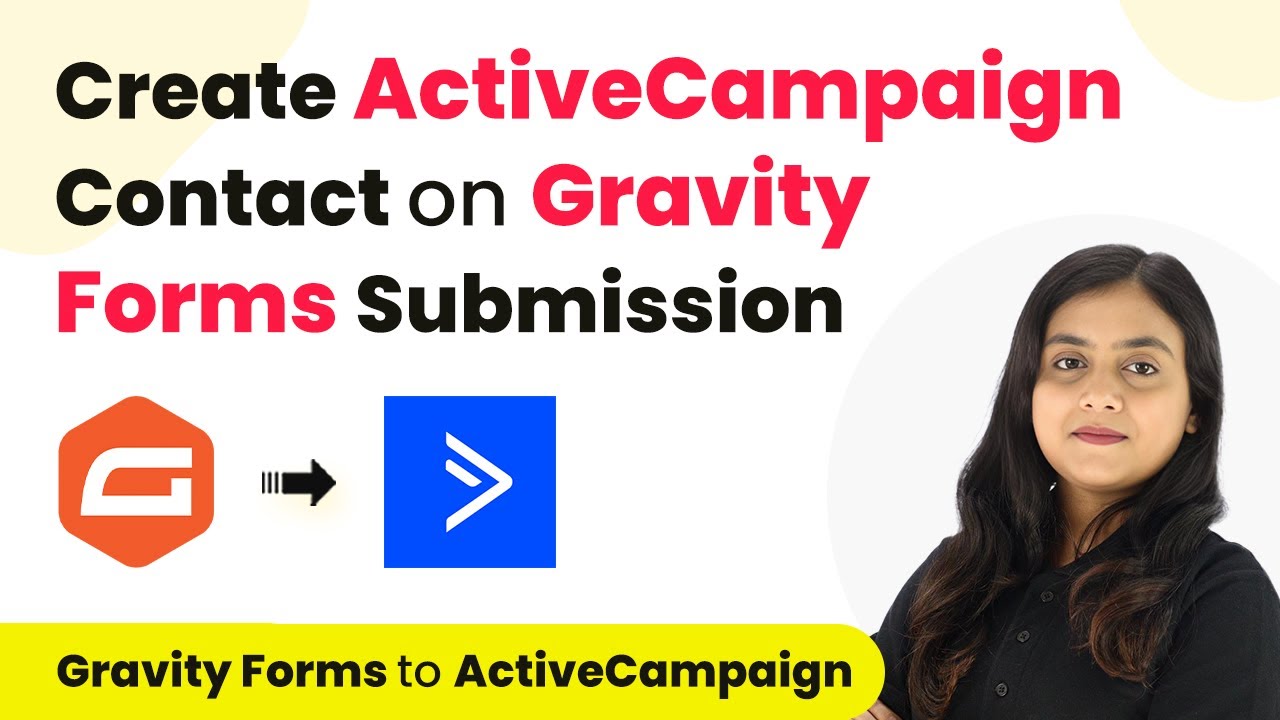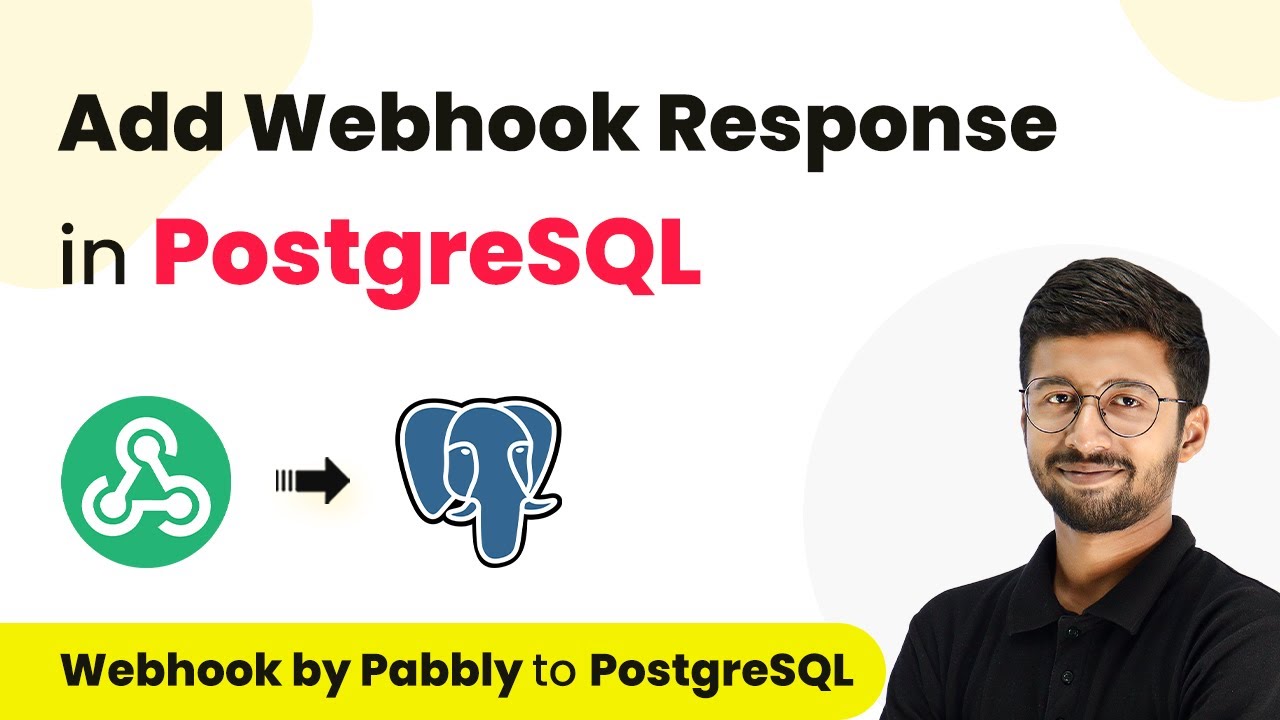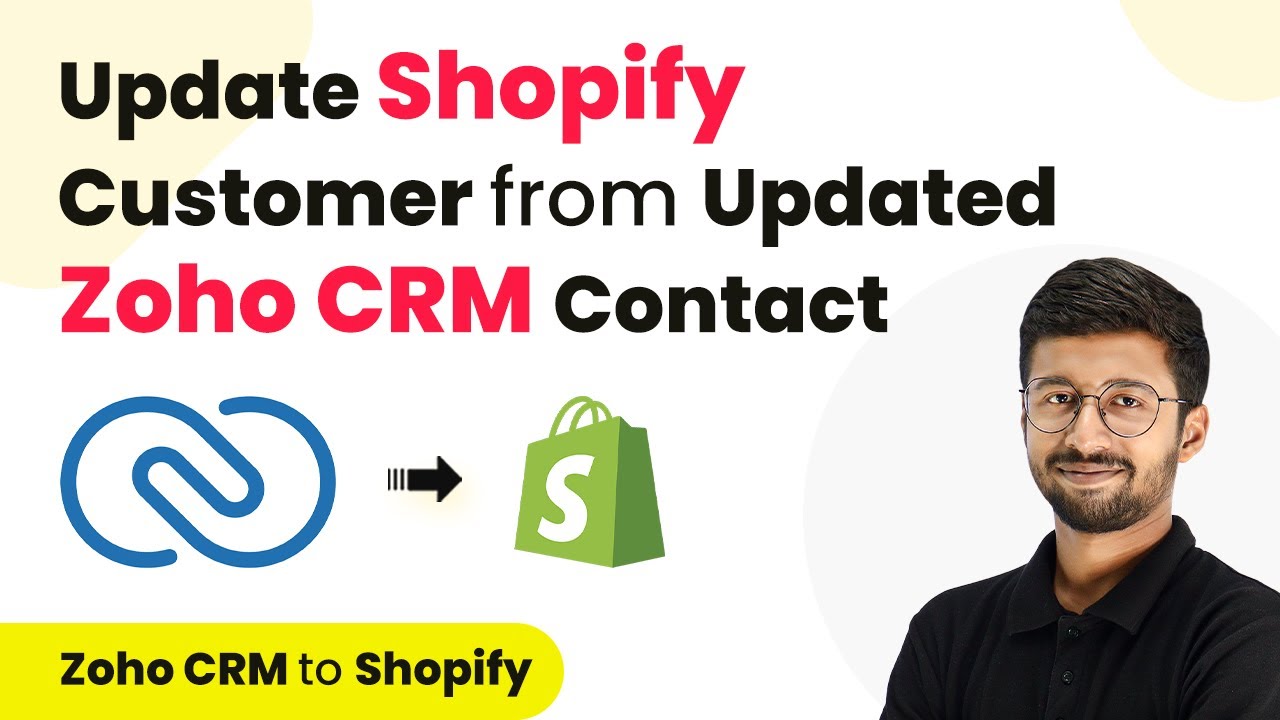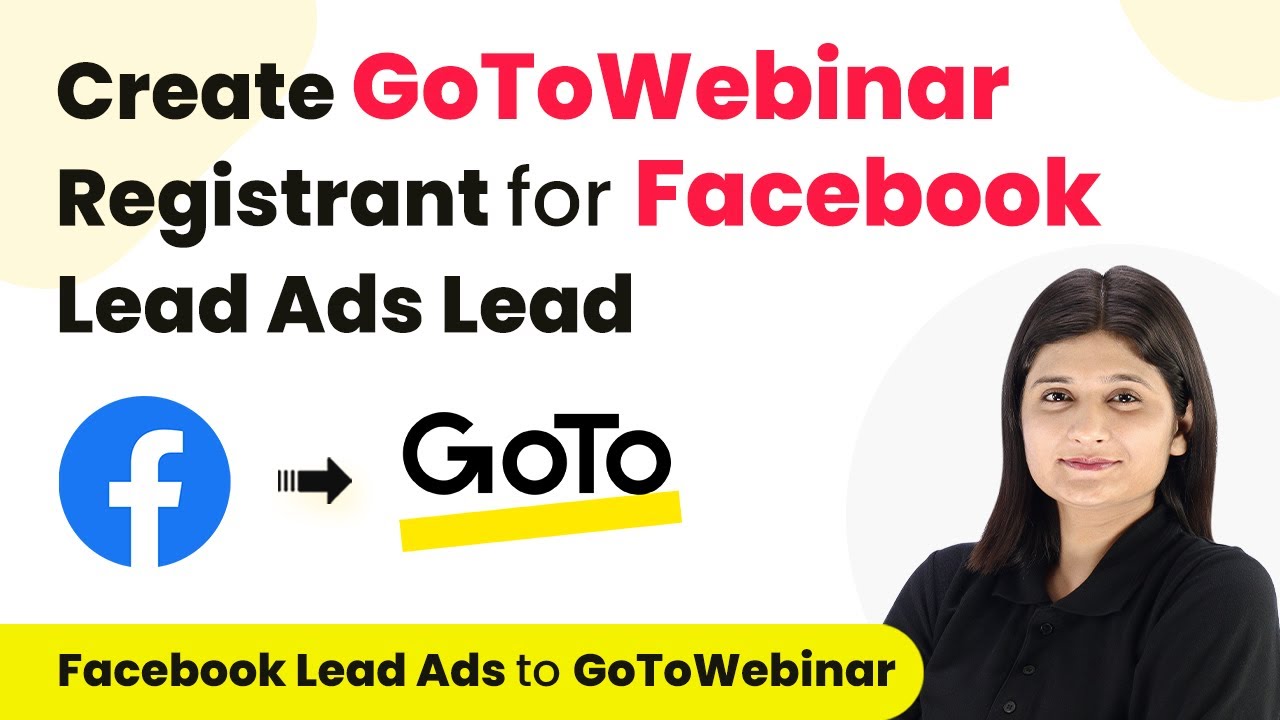Learn how to integrate Cashfree and Shopify using Pabbly Connect to automate customer creation seamlessly. Step-by-step tutorial included. Explore efficient methods for automating routine tasks with clear, concise instructions suited for both newcomers and experienced professionals.
Watch Step By Step Video Tutorial Below
1. Setting Up Pabbly Connect for Integration
To create a Shopify customer using Cashfree Payment, start by accessing Pabbly Connect. This platform allows seamless integration between Cashfree and Shopify without any coding skills required.
Begin by visiting the Pabbly Connect website. If you are a new user, sign up for a free account. Existing users can log in using their credentials. Once logged in, you will be directed to the Pabbly Connect dashboard where you can create a new workflow.
2. Creating a New Workflow in Pabbly Connect
After logging into Pabbly Connect, click on the ‘Create Workflow’ button to initiate a new integration process. Name your workflow something like ‘Create Shopify Customer on Cashfree Payment’ for easy identification.
- Click on the ‘Create’ button.
- Select ‘Cashfree’ as your trigger application.
- Choose the trigger event, which should be the payment received.
Once you select the trigger event, you will need to connect your Cashfree account with Pabbly Connect. This connection will allow Pabbly Connect to receive data from Cashfree whenever a payment is made.
3. Connecting Cashfree to Pabbly Connect
To establish the connection between Cashfree and Pabbly Connect, you will need your Cashfree API details. Navigate to your Cashfree account, and under the ‘Developers’ section, find the API keys.
Copy the API key and paste it into the appropriate field in Pabbly Connect. This will authorize Pabbly Connect to access your Cashfree account and trigger actions based on payment events. Ensure that you are in test mode to avoid any live transaction issues during setup.
4. Mapping Data to Create Shopify Customer
Once the Cashfree connection is established, the next step involves mapping the data to create a customer in Shopify using Pabbly Connect. Select Shopify as the action application.
- Choose the action event as ‘Create Customer’.
- Connect your Shopify account by entering the necessary credentials.
- Map the fields from Cashfree to the corresponding fields in Shopify, such as name, email, and phone number.
This mapping process ensures that whenever a payment is received through Cashfree, a new customer will automatically be created in your Shopify store.
5. Testing and Finalizing the Integration
After setting up the workflow, it’s crucial to test the integration. Use the test payment option in Cashfree to simulate a transaction. This will allow you to verify if Pabbly Connect successfully creates a customer in Shopify.
Check your Shopify account to confirm that the customer details have been captured correctly. If everything works as expected, save your workflow in Pabbly Connect. Your integration is now complete, and any future payments through Cashfree will automatically create a customer in your Shopify store.
Conclusion
By using Pabbly Connect, you can easily integrate Cashfree and Shopify to automate customer creation. This process enhances efficiency and ensures accurate customer data management with every transaction.
Ensure you check out Pabbly Connect to create business automation workflows and reduce manual tasks. Pabbly Connect currently offer integration with 2,000+ applications.
- Check out Pabbly Connect – Automate your business workflows effortlessly!
- Sign Up Free – Start your journey with ease!
- 10,000+ Video Tutorials – Learn step by step!
- Join Pabbly Facebook Group – Connect with 21,000+ like minded people!
